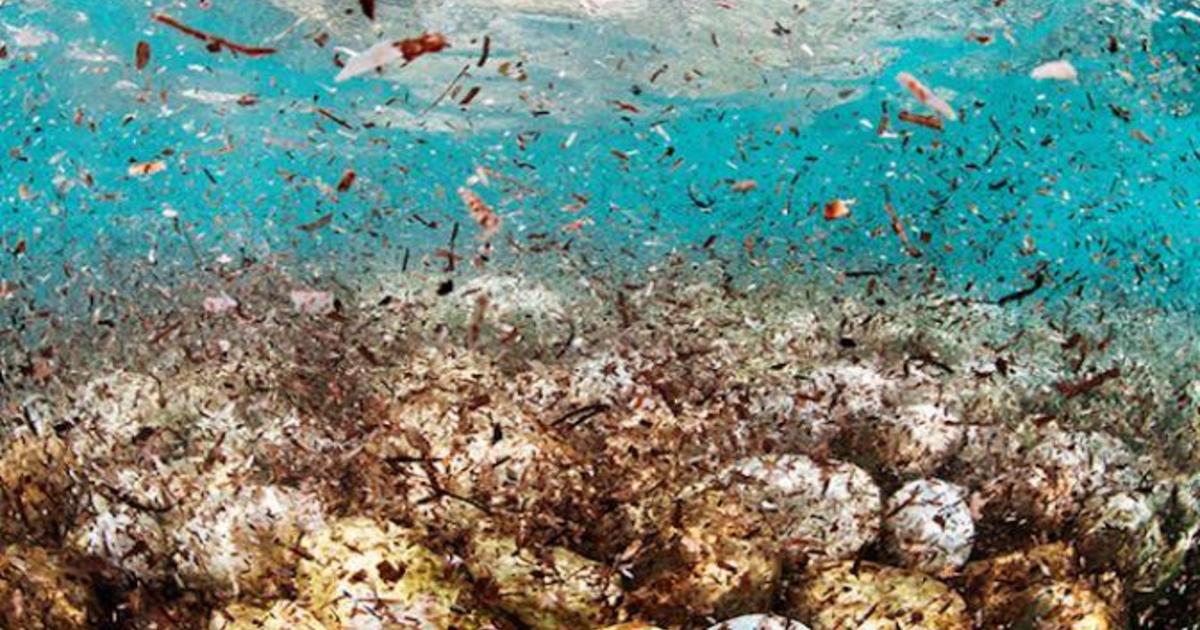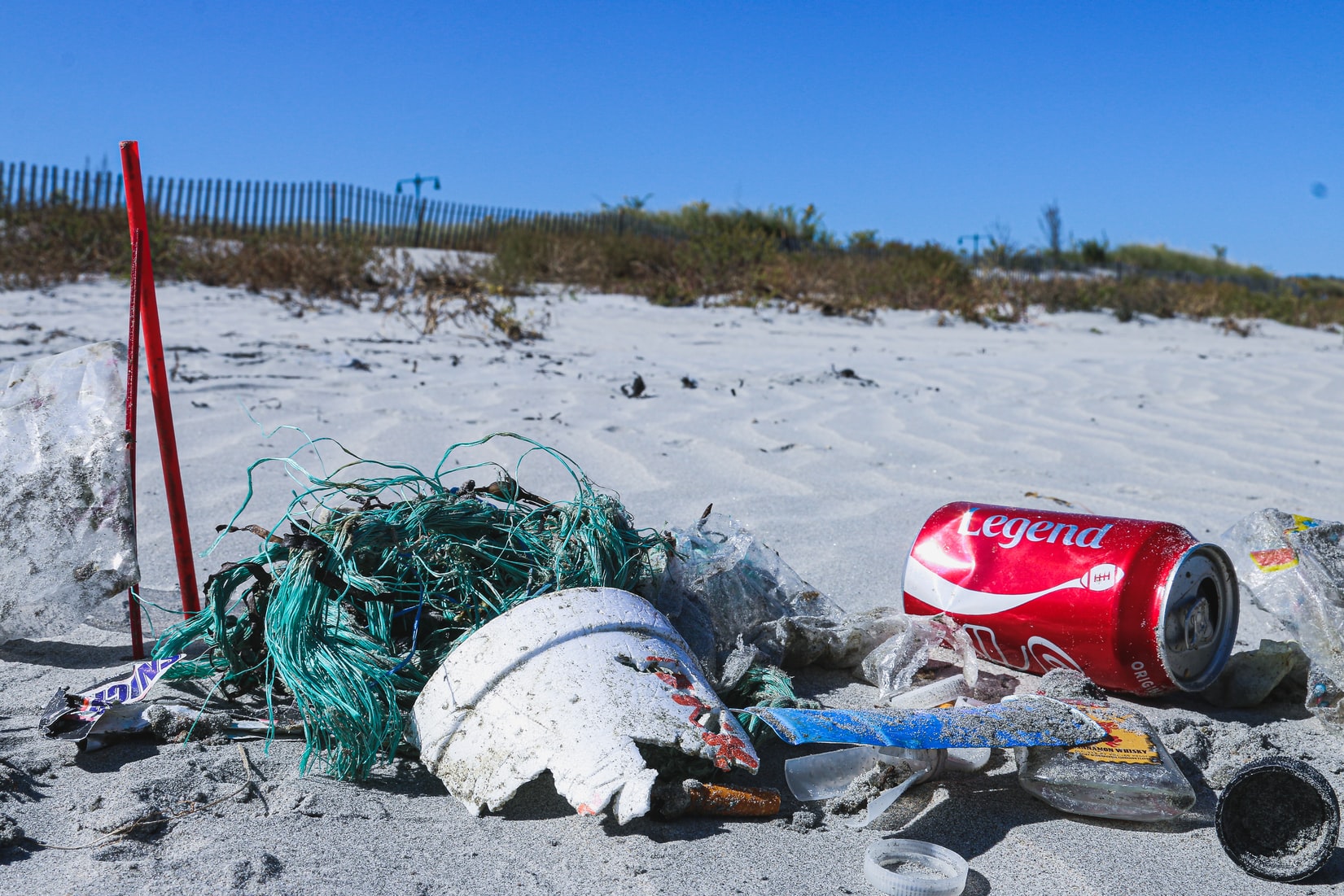Plastic Invaders: How Microplastics have Settled in our Oceans
Raise of hands, how many of us have seen the poster of the sea turtle eating a plastic bag or the gull with plastic wrapped around its neck? Images like these have become the poster child of the environmental harm brought on by humanity’s addiction to cheap and easy living. However, research has shown that it’s not just the large pieces of plastic we should be worried about.
Tiny pieces of weathered down plastic, synthetic fibers, and plastic beads are all types of microplastics. They have invaded every part of our planet from open oceans to the Arctic sea ice, and its here to stay.
One bag, a Million Pieces

About 300 million metric tons of plastic is produced each year. That’s about the weight of the entire human population. How much of that has been degraded can only be hypothesized but it’s estimated that trillions of microplastics may be lurking largely unseen in the oceans.
Microplastics vary in size from about five millimeters (about the size of a grain of rice), down to microscopic. Because they are so small, these pieces can be ingested by plankton which form the basis of the marine food web. These plankton are then eaten by larger organisms and the ingested microplastics accumulate as it moves its way up the food chain until it inevitably reaches us.
Consumed microplastics can physically damage organs and leach hazardous chemicals such as pesticides and can compromise immune function and stymie growth and reproduction. With the potential to negatively impact whole ecosystems, microplastics are quickly emerging to be not only an environmental concern but a human one as well.
The Microplastic Cycle

In order to understand how to mitigate plastic pollution, research needs to be done on where it ends up and how fast. In 2015, the yearly flow of plastic waste in the oceans from the world’s coastal regions was estimated to average 8.8 million tons. From a new report published by the Pew Charitable Trusts and Systemiq, scientists have concluded that about 11% of plastic waste includes four main sources: tires, production pellets, textiles and microbeads.
To study microplastics, researchers have collected samples using smaller-mesh nets and have had to adjust their count of plastics in the ocean. A new estimate suggests the total microplastic count to be between 12.5 and 125 trillion particles. That is at least twice as high as earlier estimates. Unfortunately, this means that researchers are greatly underestimating how many microplastics are out there using traditional sampling methods.
Scientists have long recognized the seafloor as a potential major sink for microplastics, but little is known about their concentration and distribution. Ocean currents play a significant role in distribution of nutrients within the water column and many researchers suspect that plastics are riding these currents and finding new homes as well. Sediment cores can also be looked at to sample and date how long microplastics have settled in the oceans.
Coming Full Circle

It’s undeniable that microplastics are ending up in our food. A recent study found particles and microfibers in packaged sea salt, beer, bottled water and tap water. How does it end up this way? In bottled beverages microplastics could be infiltrating during the bottling process. Microfibers can be falling from the atmosphere and settle in reservoirs. As disturbing as this is, this just shows how the gross mismanagement of the world’s waste is coming back to bite us.
So how do we study microplastics and its effect on humans? Because it’s unethical to intentionally spike someone’s food with microplastics, researchers will need to turn to medical studies to gather information. People might also be inhaling microfibers from the air and become trapped in the lungs.
With all this in mind, what is the human threshold which microplastics can become toxic to humans and other organisms? We still don’t have the answer to this, but the information is sobering enough to encourage humanity to clean up its act and create sustainable solutions to our addiction to plastic.
Tired of reading about our unhealthy relationship with plastics? Check out how these marine organisms are able to coexist peacefully…or not.
